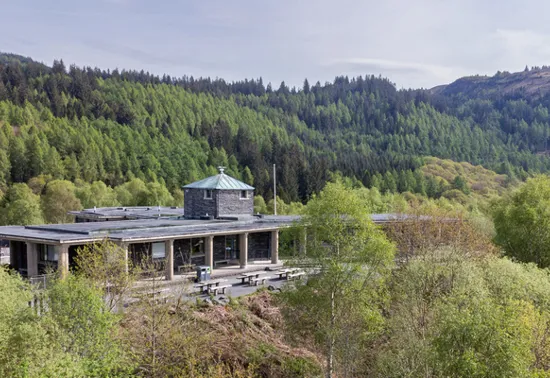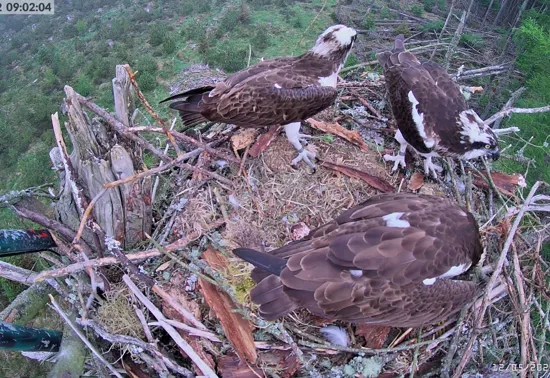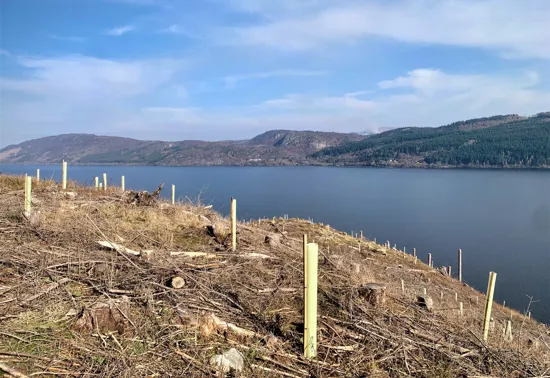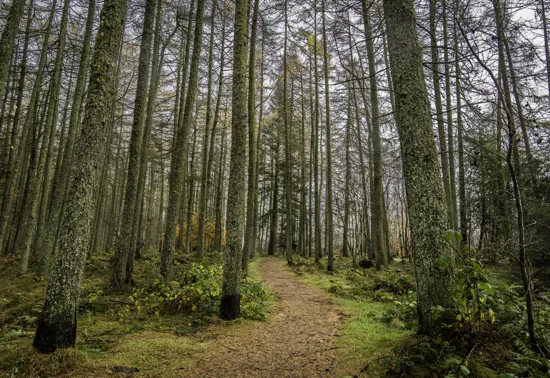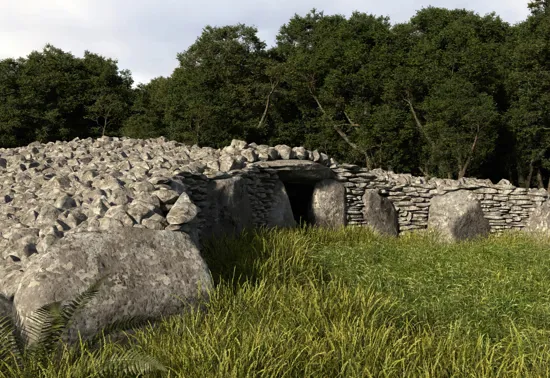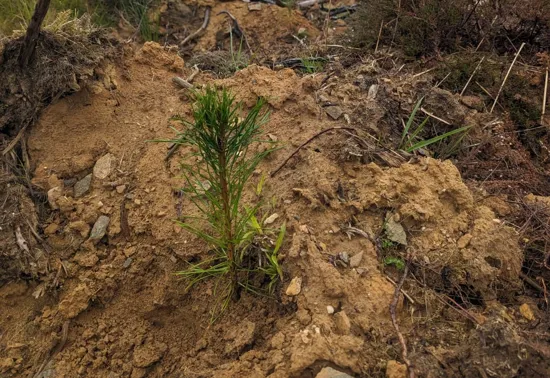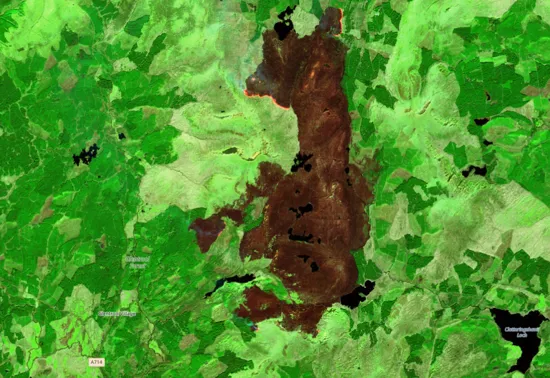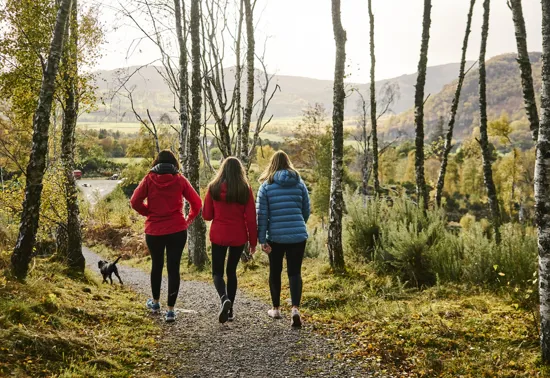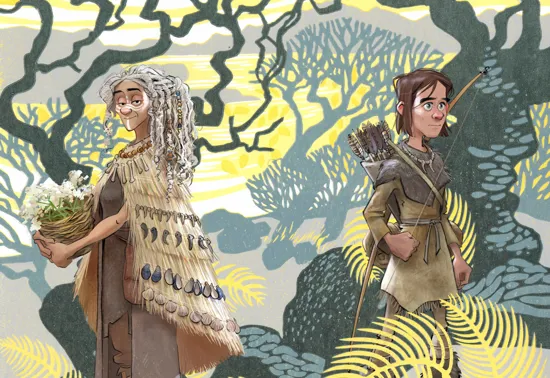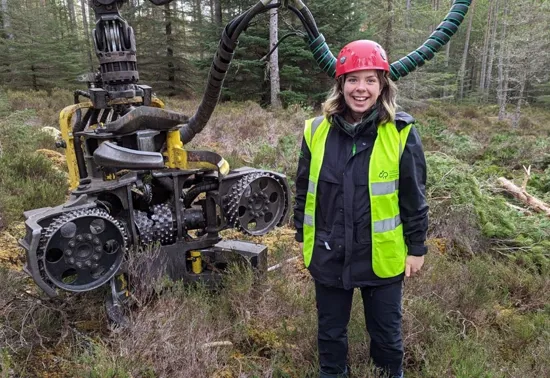Monday, 30 June 2025
Are you planning your activities for the summer holidays? Scotland is home to jaw-dropping views and world-class outdoor recreation facilities. Whether you’re looking to enjoy spectacular hikes, try o…
Tuesday, 17 June 2025
Summer is the perfect time to explore Scotland, with vibrant wildflowers, stunning viewpoints, and a wealth of rich history and natural beauty. Here are some of our favourite walking paths to explore …
Tuesday, 03 June 2025
Queen Elizabeth Forest Park is home to a diverse range of trails offering stunning waterfalls, lofty woodland views and rocky crags.
We’re highlighting some of our favourite ways to spend the da…
Tuesday, 27 May 2025
Osprey watchers are being treated to a rarely seen saga playing out at a nest in the Tweed Valley.
This fascinating behaviour of two female ospreys and one male who have set up a home as a trio – a fo…
Tuesday, 20 May 2025
We’ve started planting native trees on the steep slopes above Loch Ness as part of making the A82 safer for road users and the hillside more resilient to the impacts of wind and rain.
A rich native na…
Wednesday, 30 April 2025
With the recent re-opening of Tyrebagger and Countesswells we wanted to showcase some of the wonderful walking trails around Aberdeen city and shire.
Whether you are local to the area, or just passing…
Monday, 28 April 2025
An enormous pile of stones is all that remains of the ancient chambered cairn of Boreland in Knockman Wood, Galloway.
It was built around six thousand years ago by the Neolithic farming pioneers who m…
Thursday, 24 April 2025
We’re currently trialling planting frozen tree across Highland Perthshire and the Angus Glens to try and extend our planting season and improve the hardiness of our saplings.
“Freezing the trees put…
Tuesday, 15 April 2025
Many of us enjoyed getting outside during the recent hot and dry weather, as summer approaches we’re asking visitors to please respect, protect and enjoy the outdoors.
You can do this by followi…
Wednesday, 09 April 2025
We’re urging anyone who is planning to visit the countryside to help save lives, wildlife, and property by exercising extreme caution.
This call to ‘Respect, Protect and Enjoy’ come after fire crews h…
Wednesday, 02 April 2025
The first Wednesday of April marks National Walking Day, which celebrates the health benefits of physical activity.
From hillwalks to gentle riverside trails and sheltered picnic spots, there a…
Thursday, 20 March 2025
As forests begin to emerge from their winter dormancy, we’re inviting people to go for a woodland wander, take a step back in time and see a springtime woodland in a completely new light.
Reading our …
Wednesday, 05 March 2025
Scottish Apprenticeship Week is a nationwide celebration of apprenticeships. As part of the week, we asked some of our current and past apprentices to share their experiences.
We offer a range …
Monday, 24 February 2025
Did you know that most of our forests have Gaelic names?
Gaelic place names are very descriptive and can help us understand what was on the land historically. Names like, ‘boundary stone’ and ‘b…


